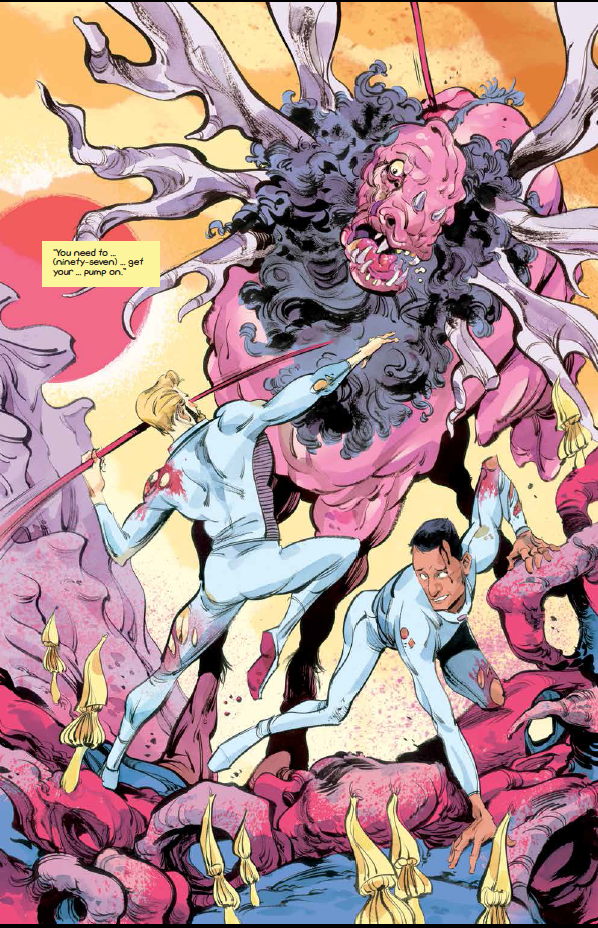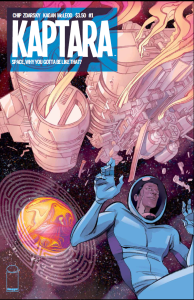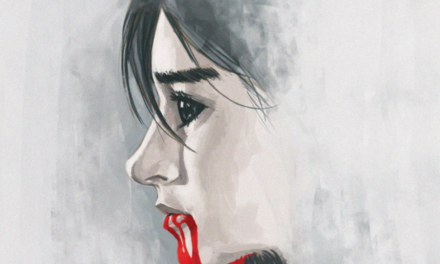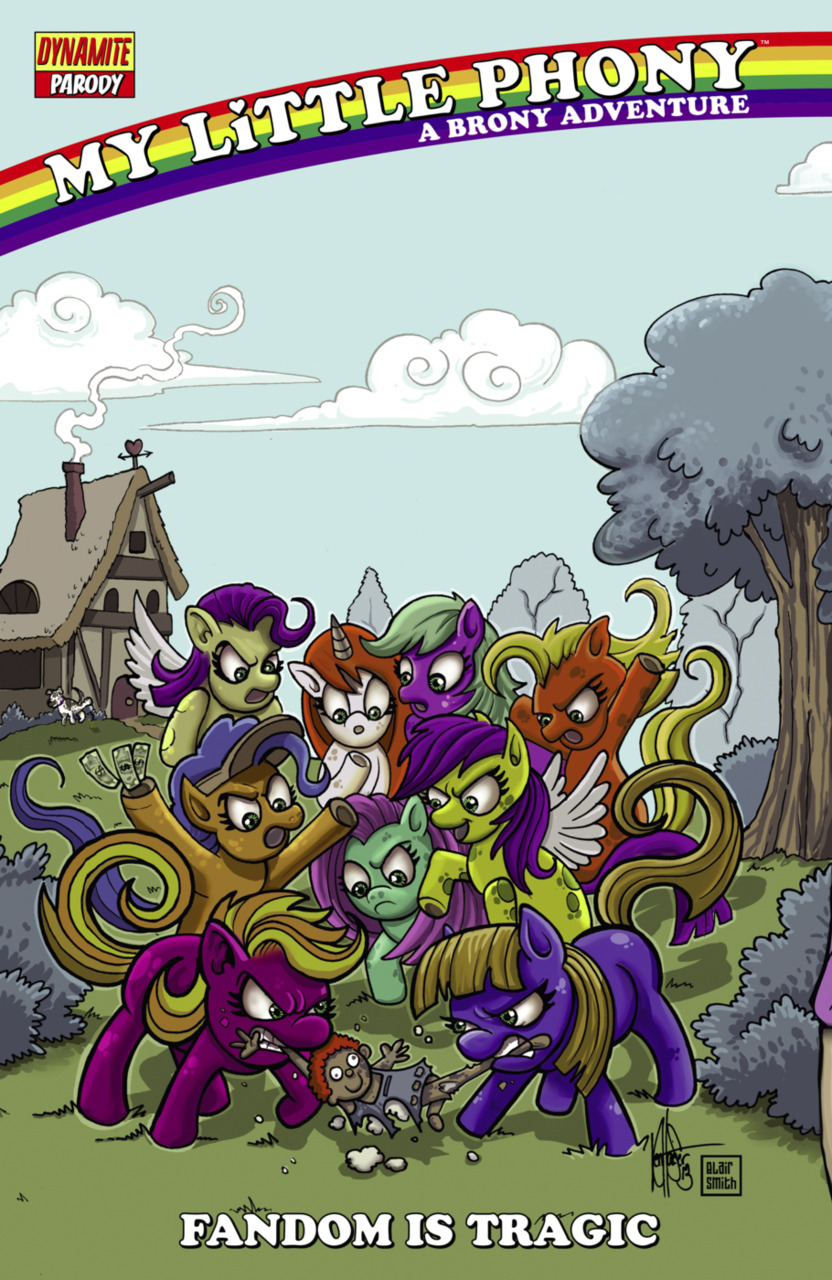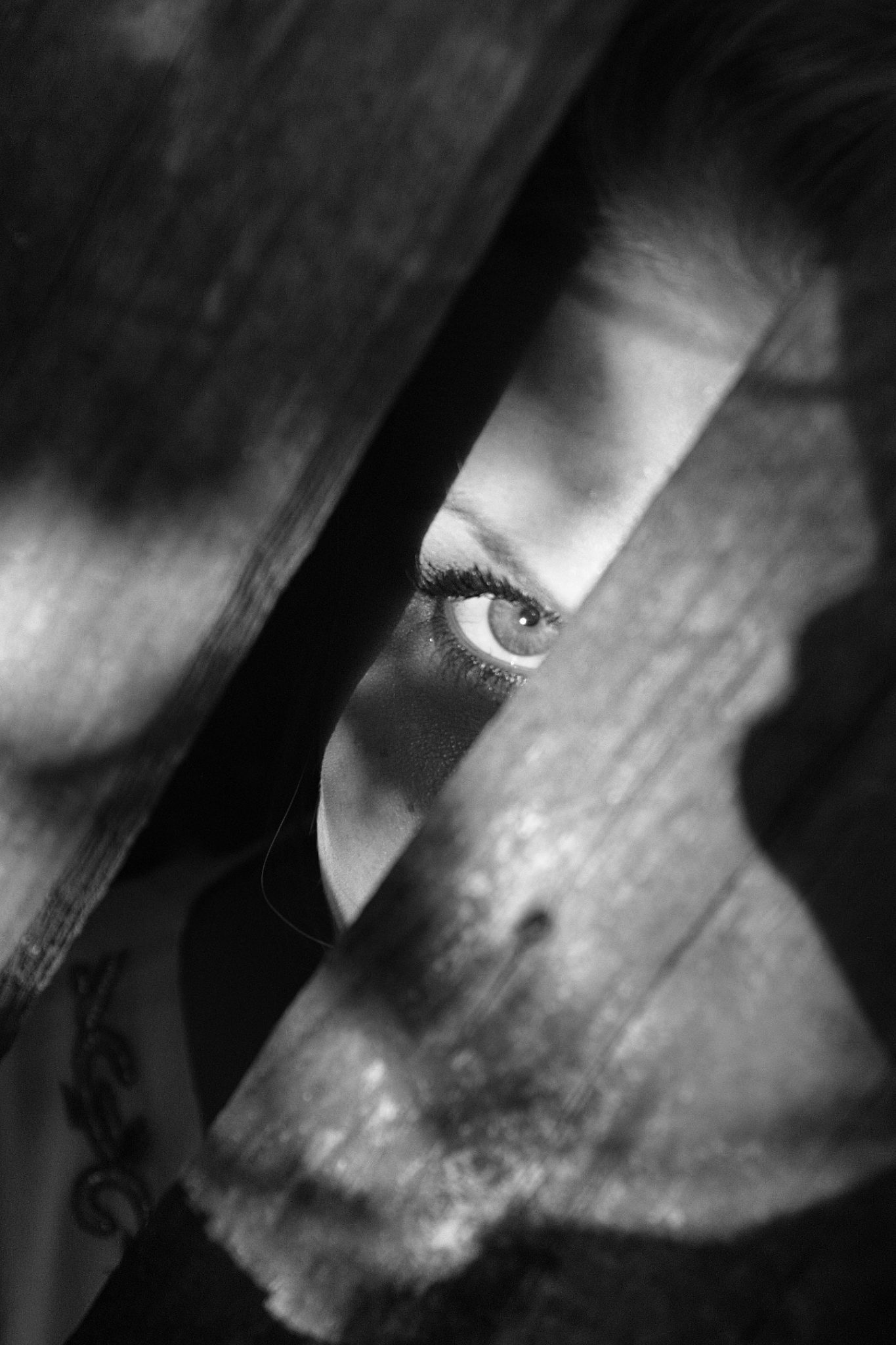So apparently retro-pulp is in these days. Cool.
Between Becky Cloonan’s Southern Cross and Chip Zdarsky’s Kaptara, Image has been doing a nice trade in retro pulp. And, for all intents and purposes, it’s been working out for them. Kaptara follows a different path from Southern Cross with its tale of displaced astronauts stuck on a planet in an alternate dimension, but it also wears a lot of its influences on its sleeve, with Kagan McLeod’s lush, vibrant art seemingly influenced by B-movies and matinees like Flash Gordon and Barbarella. The style also seems vaguely reminiscient of the pulp comics done in the ’60s and ’70s, with strong influences of Moebius.
The story is something of an affectionate parody of pulp, as well. It goes like this: The crew of the spaceship Kanga is on a mission to Mars to document various phenomena. En route, they come across a group of asteroids that has seemingly, with no provocation, arranged themselves in the shape of a tunnel. There’s no radiation, no reasoning, just a bunch of asteroids arranged in the shape of a tunnel. So naturally, they go through it.
And then things get weird.
The crew’s ship gets ripped apart in some kind of dimensional disturbance, leaving them in a mad dash to the escape pods. As their ship is ripped apart, the crew is scattered all over the planet, leaving only Keith, the cowardly environmental scientist, and Lance, the rugged pilot in a large alien forest. As they are immediately attacked by a gigantic many-legged antlered beast, they must find a way to survive. But this is only the beginning of their adventure, as the planet isn’t just inhabited by murderous beasts…
McLeod’s art is the star here, with thick lines, loose action, and bright palate creating a world as beautiful as it is dangerous. It’s a very kinetic style, one that perhaps isn’t served by the opening scenes onboard the Kanga, but once Keith reaches the planet, the art takes on new dimensions. In particular, the sequence 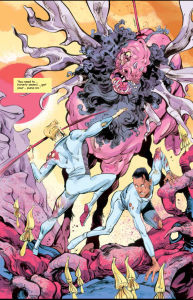 where Keith and Lance fight the Fusciabeast in a running battle through an alien forest leaps right off the page.
where Keith and Lance fight the Fusciabeast in a running battle through an alien forest leaps right off the page.
Zdarsky’s light tone also helps the book a lot, creating more of an affectionate parody rather than playing Kaptara straight. It’s clear from the designs of the planet Kaptara’s inhabitants that they’re going for camp here, and there are a lot of times where it feels like a gentle poke in the ribs, a look at the outrageous designs that is a little self-aware about how outrageous it is. It’s clear Zdarsky is playing around with some interesting tropes here, and a lot of the time, it pays off for his creative team.
However, “a lot of the time” is not “all the time”, and there’s something I’d like to talk about briefly. Keith, the wisecracking but somewhat cowardly environmental specialist, is the closest thing we have to a main and viewpoint character, and his constant snarky remarks, which verge on grating at times, kind of undermine the book. A lot of what made the ’70s and ’80s pulp and B-movies fun isn’t so much that they were funny, (sometimes even intentionally, like Ice Pirates) but that they would adhere with almost religious fervor to the most ridiculous premises ever. While there were winks to the
audience, and sometimes people would question the ridiculous premises in-scene, they were sincere. Keith kind of sucks the sincerity out of the world for me.
And it’s an amazing world. A floating orb who only displays pithy motivational slogans like “Follow your dreams” on its face, guys in horned helms and leather straps and not much else, a villain file on a guy 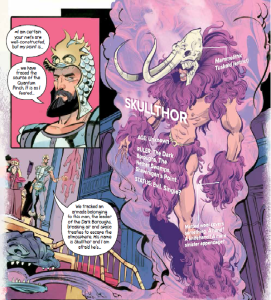 named “Skullthor” that features the line “Status: Evil. Single?” and a lot of really fun, campy touches like that. It’s a world of fantastic beasts and a hint of cheese and I wish I could love it as much as I want to.
named “Skullthor” that features the line “Status: Evil. Single?” and a lot of really fun, campy touches like that. It’s a world of fantastic beasts and a hint of cheese and I wish I could love it as much as I want to.
Hell, this is only the first issue. For all I know, Keith’s character arc could be similar to Ash’s in Army of Darkness— cowardly and snarky at first, but eventually morphing into a wisecracking badass.
But for right now, Kaptara is an amazing book that seems a little weighted down by its main character, rather than buoyed by him.
Full Disclosure: The writer received a review copy of this comic for the purposes of writing.
Fuller Disclosure: The writer of this article is a big fan of ’70s and ’80s-era Heavy Metal/Metal Hurlant magazine, and their perception and knowledge might be colored by that.

